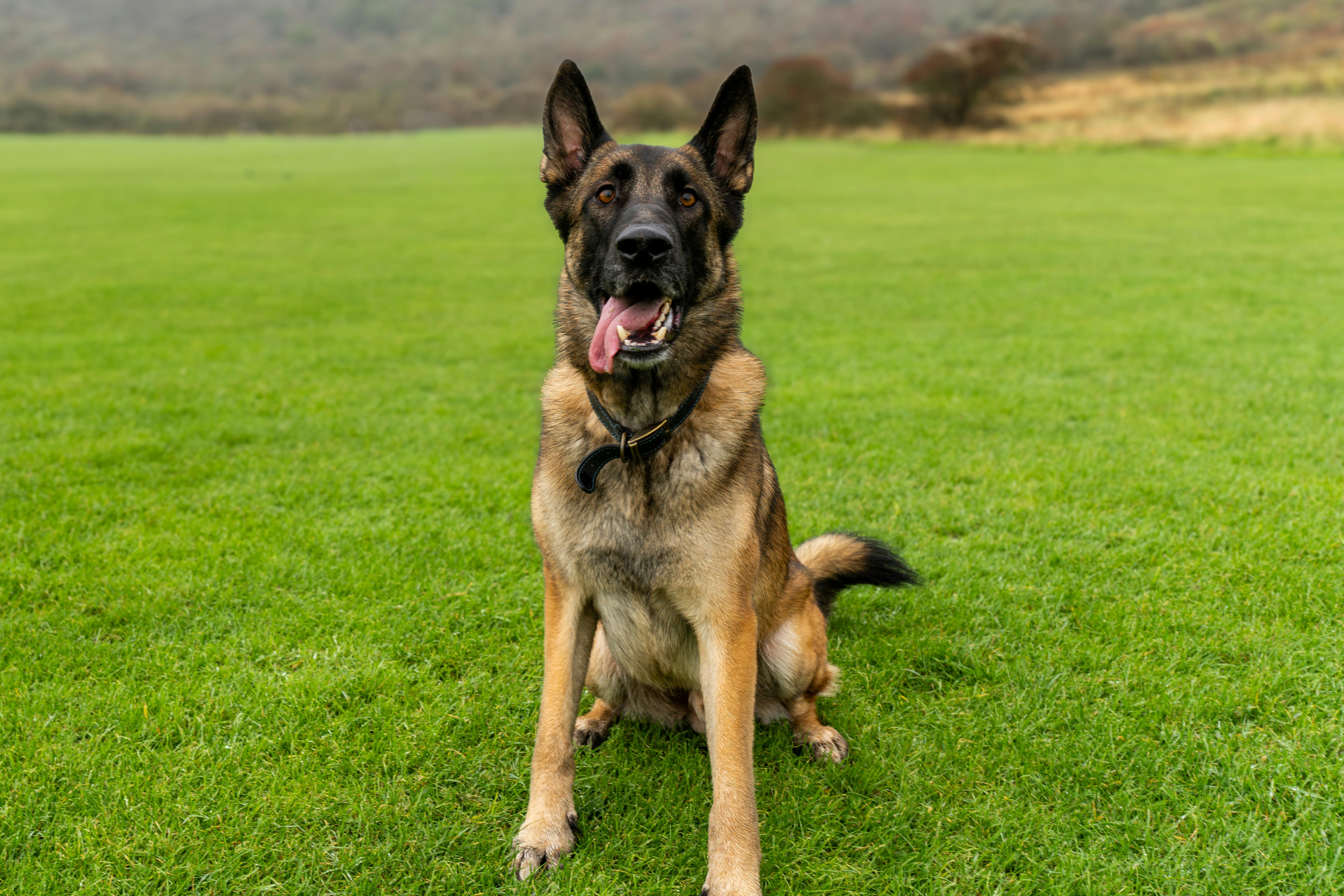
K9 Search and Rescue: Advanced Techniques to Master SAR Deployment

The Importance of Mastering SAR Techniques
SAR dog teams are often called upon when time is of the essence. With search and rescue success rates depending on a wide array of factors, including terrain, environmental conditions, and the nature of the search, handlers must prepare their dogs for every scenario. A 2007 report from PubMed covering 78,488 people involved in SAR operations highlighted that SAR missions are complex and demand precision. Every minute saved through refined techniques can mean the difference between life and death.
1. Optimizing Search Patterns: Enhancing Area Coverage
Search patterns are the foundation of efficient SAR operations. When deploying a K9 team, the handler’s ability to adapt to terrain and environmental factors greatly impacts success.
Common Search Patterns:
- Linear Search: The dog and handler move in a straight line over a designated area. This is the most basic form of searching and works well for clear, open spaces.
- Expanding Square/Spiral Search: The team starts at a central point and works outward in an expanding square or spiral, ideal for areas with limited visibility or rough terrain.
- Sector Search: Used in large areas, the search area is divided into multiple sectors, each assigned a specific search pattern.
Advanced Search Patterns:
- Wind-Assisted Searching: In windy environments, dogs can take advantage of the wind direction to cover more ground by scenting from a distance. For instance, placing the dog on the downwind side of the search area can allow it to catch scent cues without covering every inch of ground.
- Point-to-Point Search: In high-urgency scenarios, handlers can direct their dogs between known points of interest, such as last-known locations or recently reported sightings. This can help narrow down an area before employing broader search patterns.
- Directed Searching: Experienced handlers use remote commands to direct their dogs to specific areas, particularly when there are obstacles. This technique demands high-level communication and control between handler and dog but can be essential in complex or hazardous areas.
Data Insights: According to a study by the International Journal of Disaster Risk Science, well-planned search patterns can increase a team’s search efficiency by up to 40%, reducing the area that needs to be covered while still maintaining a high probability of detection.
2. Scent Discrimination: Refining the Dog’s Ability to Identify Individuals
One of the key aspects of advanced SAR dog training is scent discrimination. While many dogs can track a general scent, teaching dogs to differentiate between multiple scents in complex environments elevates their ability to locate specific individuals, even in crowded or urban settings.

Training Methods for Scent Discrimination:
- Target Scenting: The dog is trained to associate a specific scent (from a piece of clothing, hair, or an object) with a missing person. This allows the dog to focus only on that scent despite other odors.
- Scent Lineup: The handler presents multiple scent objects, only one of which belongs to the missing person. The dog must identify the correct scent. This method is used frequently in human remains detection (HRD) and urban searches where conflicting human odors can pose a challenge.
- Differentiating Scents Under Distraction: Advanced training often involves exposing the dog to a variety of strong competing odors. Urban searches, for example, may present exhaust fumes, food scents, or even the scent of other animals. Training the dog to ignore these distractions ensures they stay focused on the target scent.
Case Study: On a successful 2019 search and rescue mission in Alaska, a SAR dog trained in scent discrimination was able to locate a lost hiker in an area crowded with other hikers and animals. The dog ignored competing scents, zeroing in on the hiker’s specific scent and saving crucial time.
3. Mock Scenarios: Preparing for Real-World Situations
Real-world SAR deployments are unpredictable, which makes scenario-based training a key component in preparing both the dog and the handler for high-pressure situations. Mock searches simulate actual conditions, helping the dog become familiar with various terrains, weather conditions, and search patterns.

Types of Mock Scenarios:
- Wilderness Search: Dogs search in dense forests or open fields to simulate scenarios like missing hikers. These settings often have fewer scent cues, requiring the dog to rely more heavily on its scenting ability and endurance.
- Urban Search: City searches introduce distractions such as cars, human traffic, and various strong odors. The handler must direct the dog to avoid distractions and stay focused on the task.
- Night Operations: Searching in the dark challenges the dog’s navigation skills and adaptability. SAR teams may introduce night searches in both wilderness and urban settings to prepare for low-visibility situations.
Training Tip: SAR trainers use "victims" hidden in confined spaces (e.g., under rubble, in basements, or enclosed spaces) to test the dog's persistence and scent detection skills. These scenarios prepare the dog for the types of environments they may encounter after natural disasters like earthquakes or building collapses.
Stat Insight: The National Search Dog Alliance reports that search dogs trained with mock scenarios have up to a 50% higher success rate in real deployments compared to those with less practical experience. The realism of mock searches equips the dogs to work through stress and unexpected challenges in actual missions.
4. Deploying SAR Dogs Strategically: Optimizing Search Efficiency
Deployment strategies involve the tactical placement of K9 units based on terrain, environmental conditions, and mission urgency. Understanding when and how to deploy SAR dogs can drastically improve search efficiency.
Deployment Strategies:
- Team Pairing: Pairing less experienced handlers with senior handlers or deploying dogs in tandem with human teams can improve coverage. While the dogs focus on scent detection, humans can use visual or auditory cues to locate missing persons.
- Real-Time Data and GPS Tracking: Many SAR units now use GPS collars to monitor a dog’s movement during a search. Handlers can track where the dog has searched and adjust the deployment to cover areas that need more attention.
Example: In a large-scale operation in Montana’s wilderness, GPS tracking allowed the team to see which areas had been fully searched and re-deploy the SAR dogs to areas that had not been thoroughly covered. This method reduced the search time by 20% and ensured that no area was left unchecked.
Conclusion: Mastering SAR Deployment
K9 Search and Rescue teams are invaluable assets in locating missing persons, but success depends on more than basic training. By mastering advanced techniques like optimized search patterns, scent discrimination, mock scenarios, and strategic deployment, SAR dogs can greatly improve their chances of success. Handlers who continually push the boundaries of their team’s capabilities will find their SAR dogs better prepared for the complexities of real-world missions.
As you refine your SAR deployment strategies, consider incorporating new technologies and advanced training techniques to ensure your K9 unit is always ready to respond effectively. Every minute saved through optimized search methods and properly trained SAR dogs can bring you one step closer to saving a life.
Unleash the Potential of Your Working Dog with DogBase.
Our innovative platform streamlines training, simplifies data tracking, and leverages AI to optimize performance for all working dog teams.
What our customers says about us
Support & Share
Get Started with DogBase























